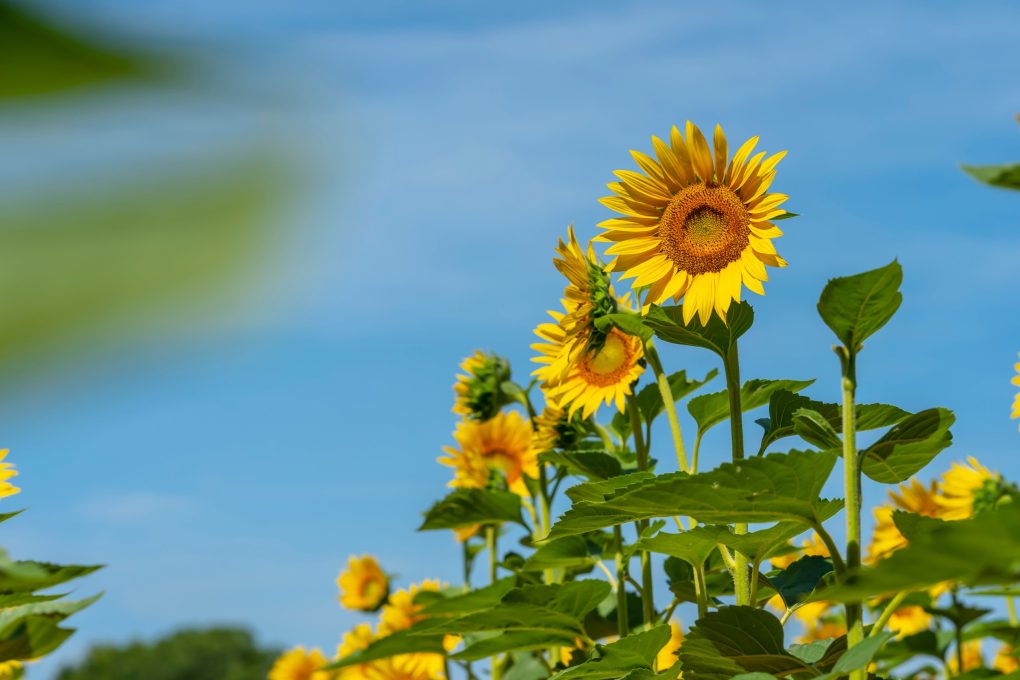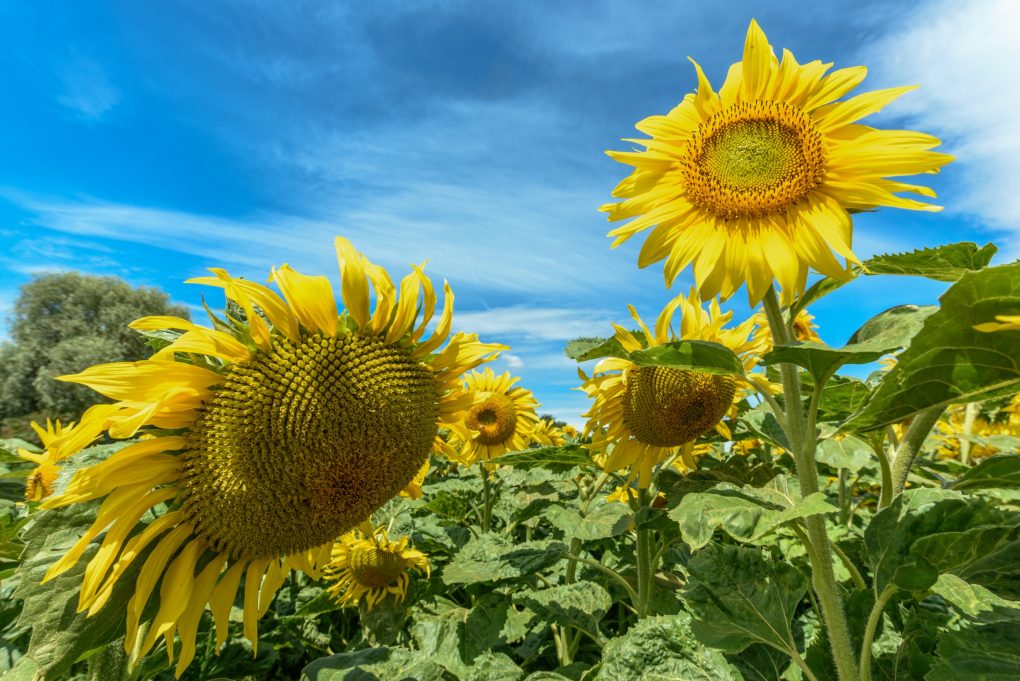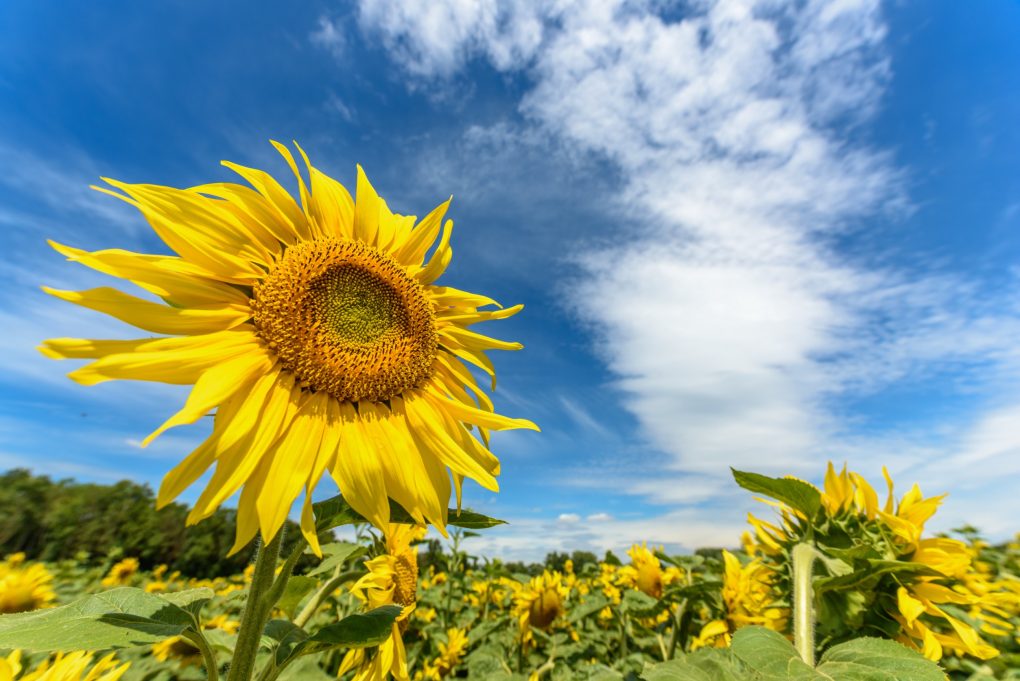Will Sunflowers Regrow After Being Cut: What You Need to Know About Sunflower Growth
It depends on the extent of the cutting. If the sunflower is cut down to the base, it may not regrow. However, if only the flowers are cut, the sunflower may continue to grow and produce new flowers. Sunflowers are known to be prolific bloomers, so if the growing conditions are favorable, they may produce multiple rounds of flowers throughout the growing season.

Table of Contents
Sunflower Growth Cycle
Sunflowers are hardy plants that can grow up to 10 feet tall. They have a unique growth cycle that can be divided into two main stages: vegetative and reproductive.
Vegetative Stage
The vegetative stage is the first stage of the sunflower growth cycle, confirming with Nuseed Europe. During this stage, the plant focuses on growing its stem and leaves. Sunflowers are known for their rapid growth during this stage, lasting anywhere from 25 to 50 days.
- The plant will grow large and broad leaves, allowing it to absorb more sunlight for photosynthesis.
- The stem will also grow taller and thicker, supporting the plant as it grows taller.
- Sunflowers require plenty of water and nutrients to support their growth during this stage.
Reproductive Stage
The reproductive stage is the second stage of the sunflower growth cycle. During this stage, the plant invests in producing flowers and seeds. This stage can last anywhere from 30 to 45 days, depending on the variety of sunflowers.
- The plant will produce flower buds that will eventually open up to reveal the sunflower’s iconic yellow petals.
- The flowers will attract pollinators like bees and butterflies, which will help to fertilize the plant.
- After pollinating the flowers, the plant will begin to produce seeds.
- As the seeds mature, the back of the sunflower’s head will start to turn yellow, indicating that the seeds are ripening.
Cutting Sunflowers

Reasons for Cutting Sunflowers
Sunflowers are beautiful, vibrant plants that can add color to any garden or landscape. However, sometimes it may be necessary to cut sunflowers. Some common reasons for cutting sunflowers include:
- Harvesting seeds for consumption or replanting
- Removing spent blooms to encourage new growth and lengthen the blooming period
- Controlling the size and shape of the plant
- Preventing the plant from becoming too top-heavy and falling over
Effect of Cutting Sunflowers on Growth
When sunflowers are cut, they can have both positive and negative effects on their growth, depending on the timing and method of cutting. If the sunflowers are annuals, cutting them too early can prevent them from blooming and even kill the plant. However, if the sunflowers are perennials, cutting them back can promote new growth and increase the number of blooms.
Based on experience, when cutting sunflowers, it is important to use clean, sharp tools to avoid damaging the plant. It is also important to cut the stem at an angle to prevent water from pooling on the cut surface and potentially causing disease.
Cutting sunflowers can be a useful tool for maintaining healthy, vibrant plants. However, it is necessary to do so carefully and thoughtfully to avoid damaging the plant and to ensure the best possible results.
Factors Affecting Regrowth

One of the most important factors affecting sunflower regrowth is the type of sunflower. Annual sunflowers bloom only once and will not regrow after being cut. On the other hand, perennial sunflowers can regrow from the same plant if they are cut properly. Several factors can affect the regrowth of sunflower petals, including:
- Age of the sunflower: The age of the sunflower can affect its ability to regrow petals. Younger sunflowers may be more capable of regrowing petals than older sunflowers.
- The extent of the damage: The damage to the petals can also affect the ability of the sunflower to regrow them. If the petals are completely broken off or damaged beyond repair, the sunflower may be unable to regrow them.
- Environmental conditions: The environmental conditions can also affect the ability of the sunflower to regrow petals. If the sunflower is not getting enough water or sunlight, it may not have the energy to regrow the petals. Extreme temperatures or frost can also damage the plant and prevent petal regrowth.
- Pollination: Proper pollination is important for the development of healthy sunflower blooms. If the sunflower is not properly pollinated, it may not be able to regrow petals or may produce thin and weak petals.
- Genetics: The genetics of the sunflower can also play a role in its ability to regrow petals. Some sunflower varieties may be more capable of regrowing petals than others.
Tips to Encourage Regrowth
If you want to encourage sunflower regrowth, there are a few things you can do.
- First, make sure to cut the stem at an angle, leaving a few inches of stem above the ground. This will allow the plant to continue to absorb nutrients and water from the soil.
- Second, remove any damaged or diseased leaves or stems to prevent the plant from expending energy on them.
- Third, provide the plant with plenty of sunlight and water to help it regrow.
- Lastly, consider adding fertilizer or compost to the soil to give the plant additional nutrients.
Whether or not a sunflower will regrow after being cut depends on several factors. First, by understanding these factors and taking steps to encourage regrowth, you can enjoy beautiful sunflowers year after year.
